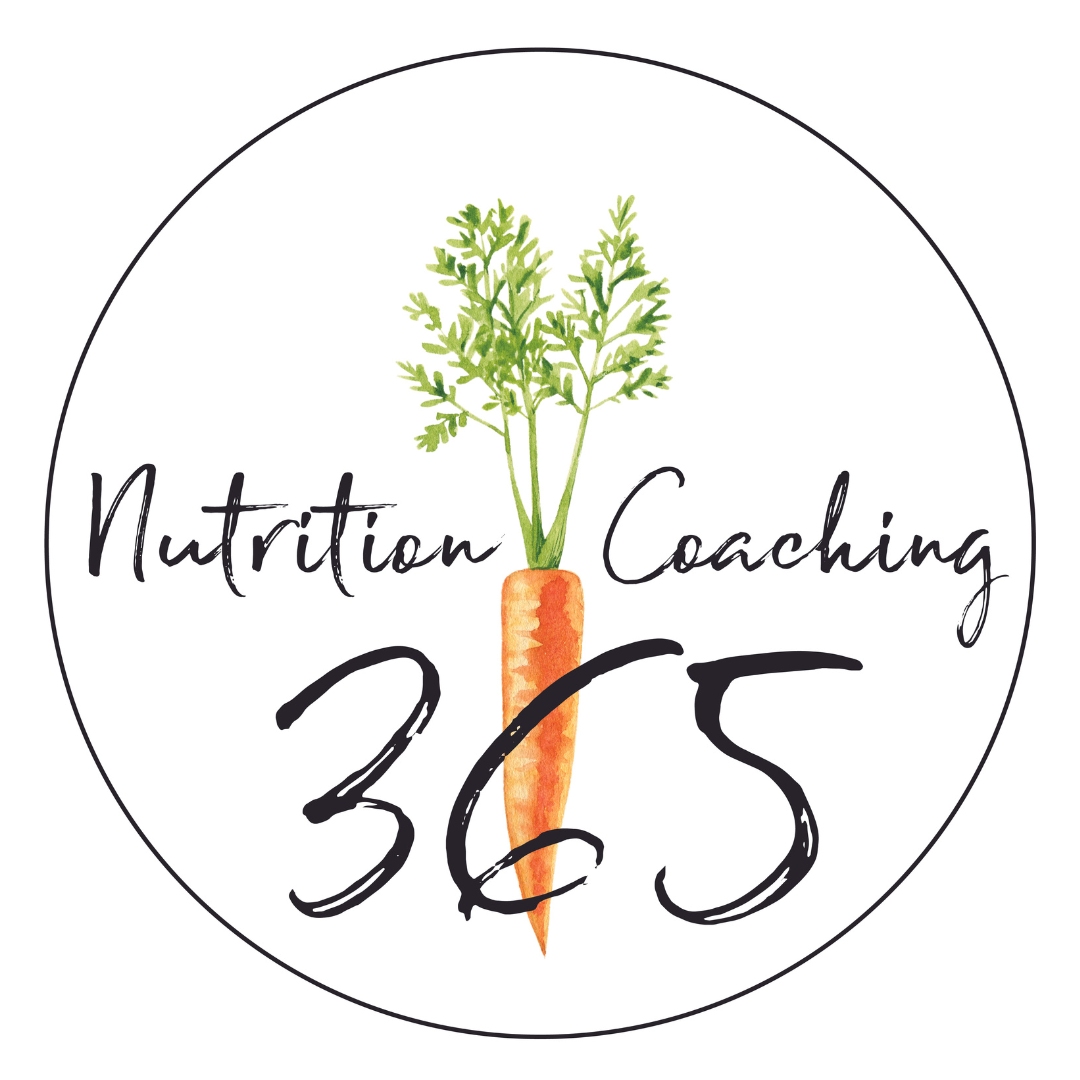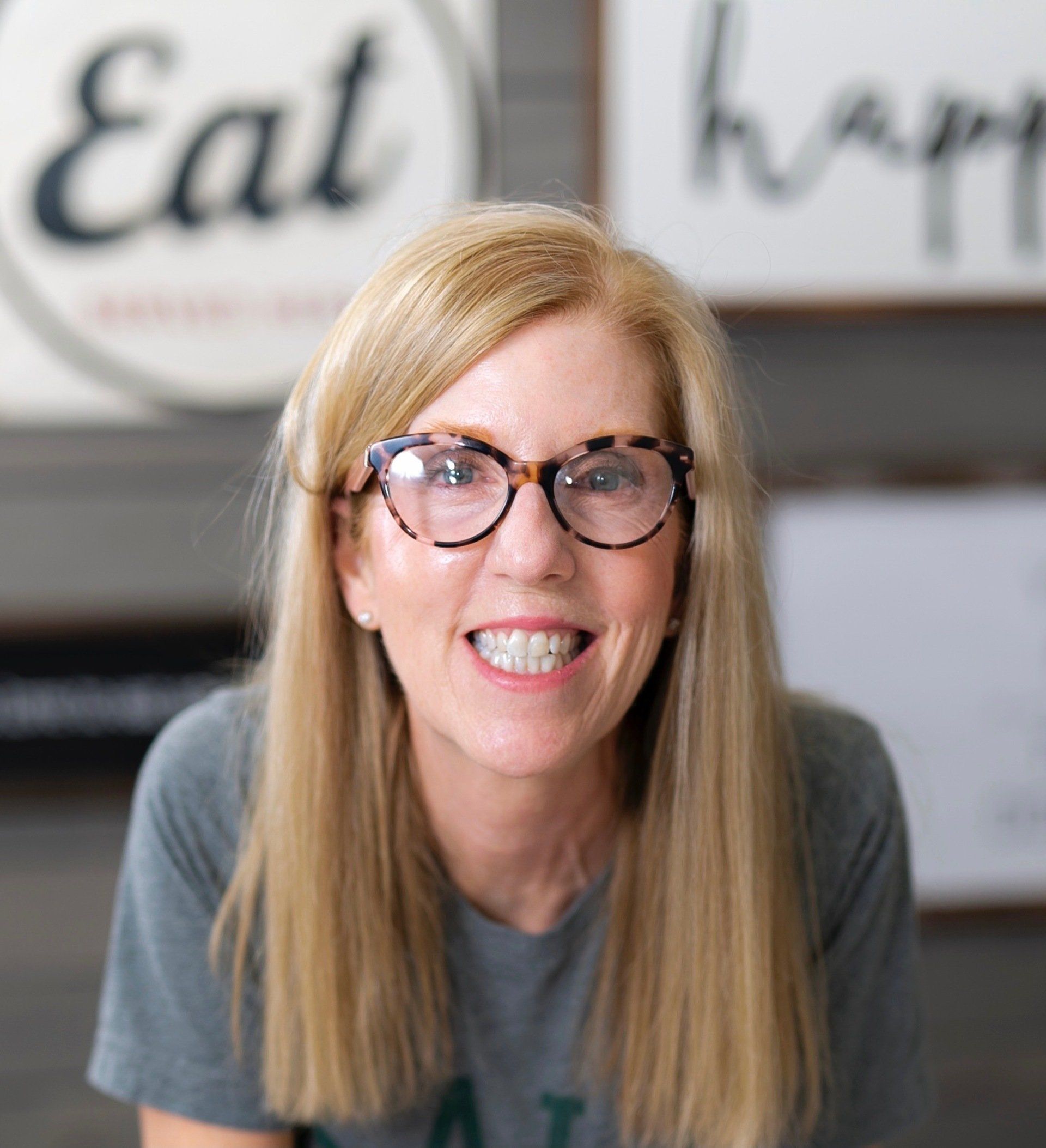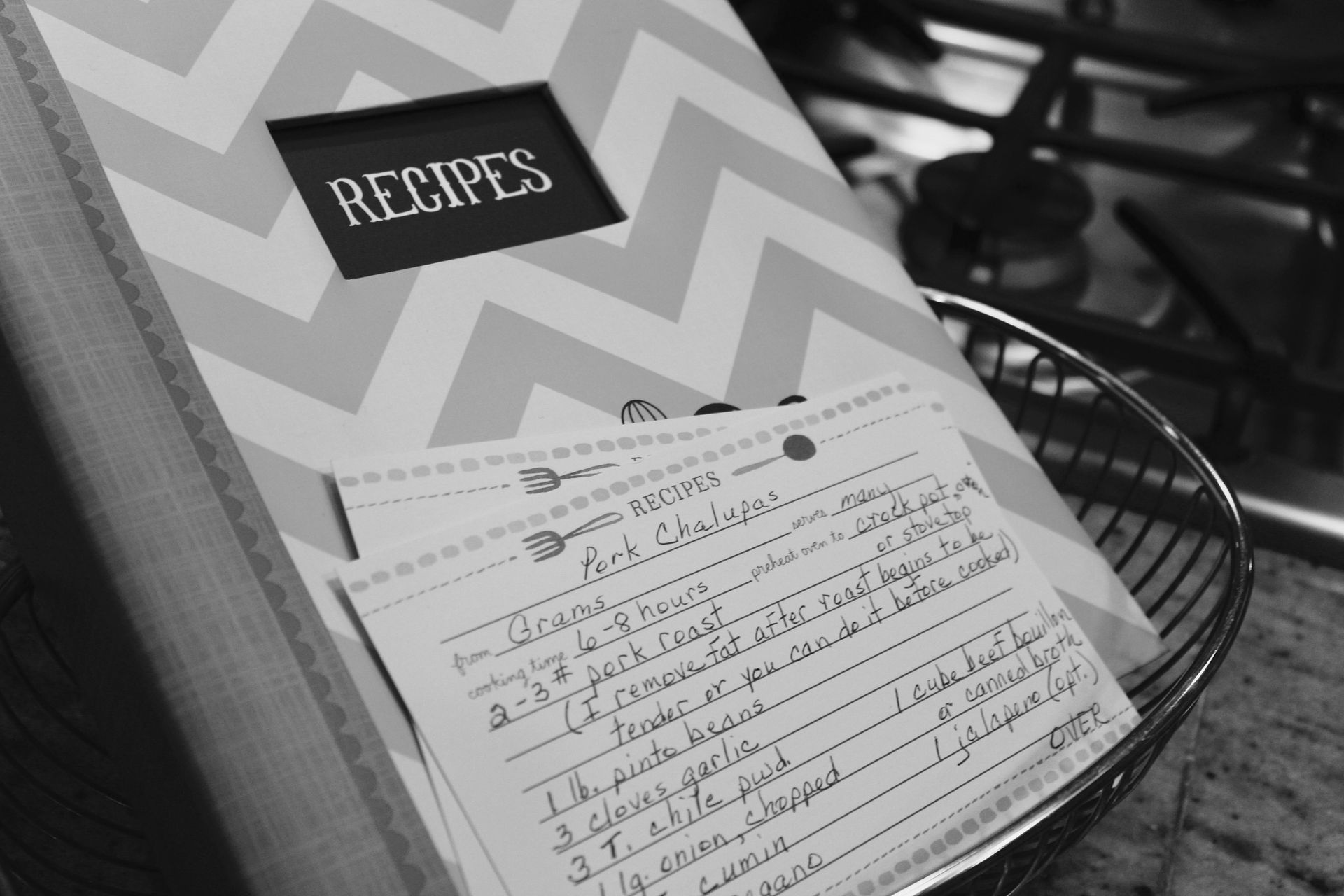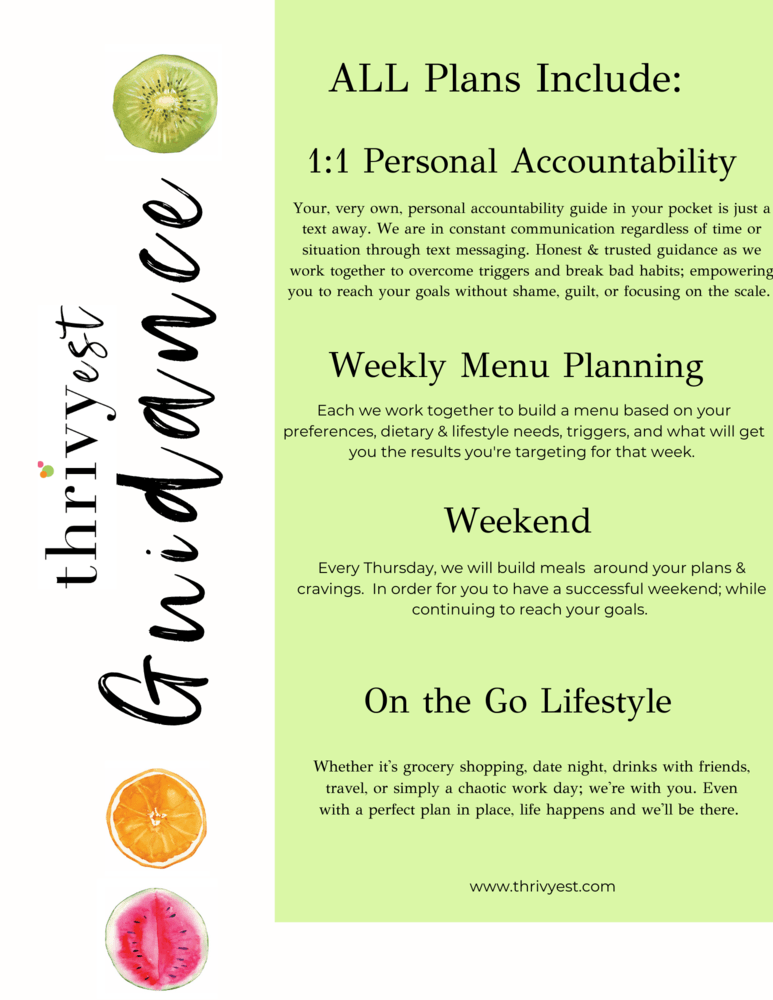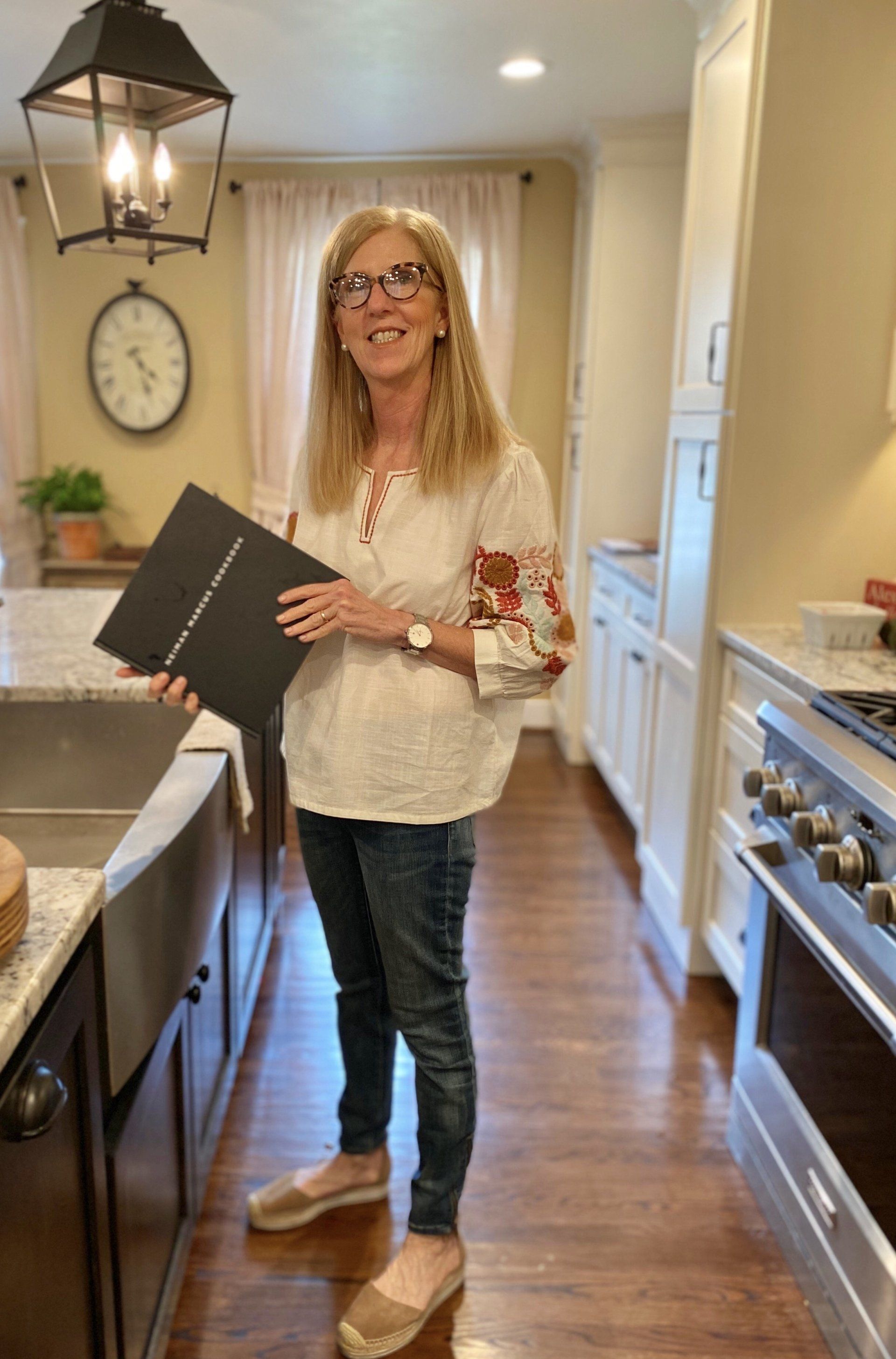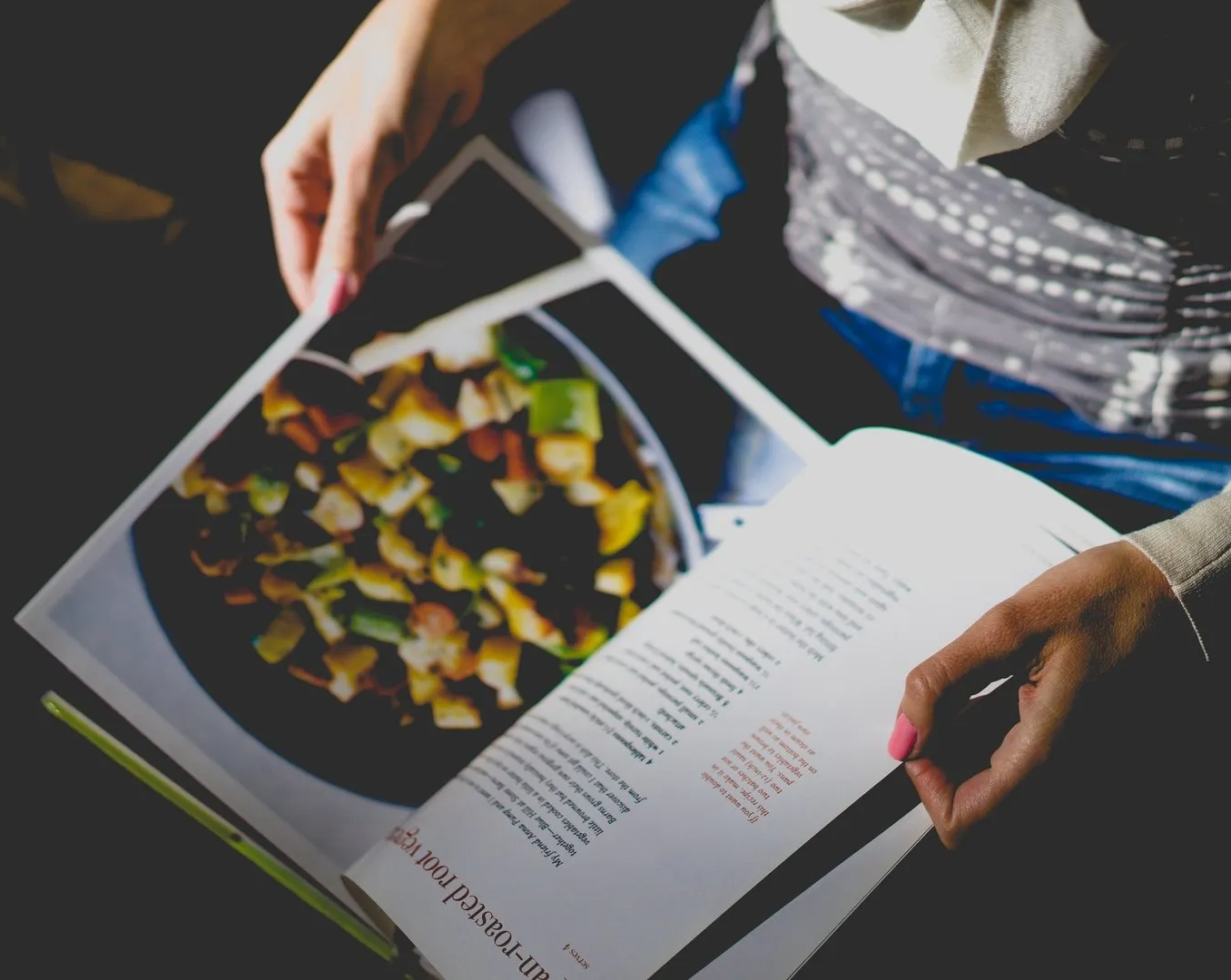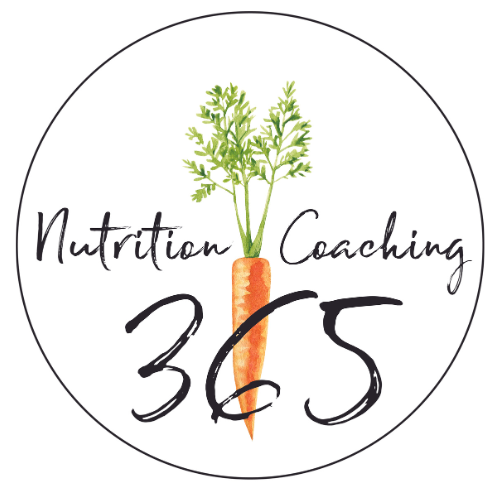How to Lose Weight Without Losing Muscle:
Science-Backed Strategies to Keep Your Strength While Losing Fat
Have you ever lost weight… only to feel weaker?
You step on the scale, see the numbers drop, and think, great, progress! But then, you start feeling sluggish. Workouts feel harder. Your arms don’t feel as strong. Maybe your clothes fit differently, but not in the way you expected.
Here’s the hard truth: if you’re not careful, weight loss can come at the cost of muscle loss—and that’s the last thing you want.
Muscle is your metabolic powerhouse. It keeps your metabolism humming, protects your bones, and helps you stay strong as you age. If you’re cutting calories the wrong way, you’re not just losing fat—you’re losing the very thing that keeps you looking toned, feeling energized, and performing your best.
The good news? You can lose fat without losing muscle.
Let’s break down exactly how to do that with science-backed nutrition strategies you can apply today.
Step 1: Prioritize Protein (Yes, More Than You Think!)
Protein is the MVP when it comes to muscle preservation. It’s what your body uses to repair and rebuild muscle tissue, especially when you’re in a calorie deficit.
🔬 The science says: Studies show that 0.8–1.2 grams of protein per kilogram of body weight is ideal for maintaining muscle while losing weight ¹. That means if you weigh 150 lbs (68 kg), you should aim for 120–180 grams of protein daily.
Easy High-Protein Food Swaps:
✅
Greek Yogurt (FAGE 0% or Chobani) vs. Regular Yogurt → 18g of protein per serving
✅
Egg Whites + Whole Eggs → 7g of protein per egg
✅
Cottage Cheese (Good Culture) vs. Standard Cheese → 14g of protein per ½ cup
✅
Chicken Breast or Salmon vs. Processed Deli Meat → 25-30g of protein per serving
✅
Lentils or Black Beans → 15g of protein per cup
💬
Google Review Highlight:
"Since increasing my protein amounts using the meal swaps you recommended, I feel stronger even though I’m down 10 pounds!" – Laura M.
Pro Tip: Spread your protein throughout the day. 30g per meal is more effective for muscle retention than cramming it all in at dinner!
Step 2: Keep Lifting Weights (Even Light Ones Count!)
If you only cut calories without resistance training, your body will naturally burn both fat AND muscle for energy. That’s why strength training is non-negotiable when trying to lose weight while maintaining muscle.
🔬 The science says: Research confirms that resistance training (even just 2-3 times per week!) significantly reduces muscle loss during weight loss ².
How to Lift Without Overcomplicating It:
🏋️
2-3 full-body workouts per week (30-45 minutes each)
🎯 Focus on
compound exercises (squats, deadlifts, push-ups, rows)
💪 Use
progressive overload (increase weight/reps over time)
🔥
Even bodyweight counts (push-ups, lunges, squats at home)
💬
Google Review Highlight:
"I never thought I could lift weights at 50, but following this plan helped me keep my muscle tone while losing 15 lbs. I feel amazing!" – Paula J.
Step 3: Eat Enough (Yes, Cutting Calories Too Much Is a Problem!)
A biggest mistake I see? Slashing calories too aggressively.
If your calorie deficit is too extreme, your body shifts into “survival mode,” breaking down muscle for fuel.
🔬 The science says: Losing 0.5 to 1 pound per week is the sweet spot for preserving muscle mass while losing fat ³.
How to Set the Right Calorie Deficit:
✅
Use a moderate calorie deficit (300-500 calories/day)
✅
Eat nutrient-dense foods (lean protein, healthy fats, fiber)
✅
Avoid excessive cardio (it can accelerate muscle loss)
💬
Google Review Highlight:
"Once I stopped extreme dieting and focused on eating enough protein and calories, my body composition improved dramatically!" – Rachel M.
Step 4: Smart Carbs & Fats for Energy and Recovery
Carbs and fats often get a bad rap, but they’re essential for maintaining muscle while losing weight.
Best Carbs for Muscle Retention (Fuel Smart, Not Excessively!)
Carbohydrates are your body's preferred energy source, especially when you're training hard and trying to preserve muscle while losing fat. But not all carbs are created equal—choosing nutrient-dense, slow-digesting options can help sustain energy, improve recovery, and prevent muscle breakdown without causing blood sugar spikes.
🥔 Sweet Potatoes – A powerhouse of complex carbs, fiber, and vitamin A. Perfect post-workout to replenish glycogen stores and support recovery. Stick to ½ to 1 medium sweet potato per serving.
🍚 Quinoa & Brown Rice – Both provide long-lasting energy and essential amino acids for muscle repair. Quinoa is a complete protein, making it an excellent option for plant-based eaters. Aim for ½ to 1 cup cooked per meal.
🍎 Berries & Apples – Low in sugar but high in fiber and antioxidants, which help combat inflammation and support recovery. A small apple or ½ cup of berries makes a great pre- or post-workout snack.
🥦 Leafy Greens (Spinach, Kale, Arugula, etc.) – Loaded with micronutrients, iron, and fiber, which aid digestion and support overall muscle function. You can eat these in unlimited amounts—pile them onto meals for extra volume without excess calories.
💡 Pro Tip: Pair carbs with protein or healthy fats to slow digestion, keep blood sugar stable, and maintain steady energy levels throughout the day.
Healthy Fats That Support Muscle (But Watch Your Portions!)
While these fats are packed with essential nutrients, it's important to remember that all fats are calorie-dense. Whether you're actively losing weight or maintaining, portion control matters to avoid unintentionally eating in a calorie surplus.
🥑
Avocados – A great source of heart-healthy monounsaturated fats, but stick to
¼ to ½ an avocado per serving.
🥜
Almonds & Walnuts – Rich in omega-3s and vitamin E, but keep it to
a small handful (about 1 ounce or 23 almonds) to avoid excess calories.
🐟
Salmon & Sardines – Packed with anti-inflammatory omega-3 fatty acids, but aim for
3-4 ounces per meal to balance protein and fat intake.
💡 Pro Tip: Try measuring out portions ahead of time to prevent mindless snacking, especially with nuts!
Final Takeaways: How to Protect Your Muscle While Losing Fat
🔹
Prioritize protein (aim for 0.8-1.2g per kg body weight)
🔹
Strength train (2-3x per week to prevent muscle loss)
🔹
Lose weight gradually (0.5-1 lb per week max)
🔹
Eat enough calories (avoid extreme deficits)
🔹
Balance carbs & fats (fuel performance & recovery)
Losing weight the right way means you get leaner, stronger, and healthier—not just smaller.
If you’re tired of yo-yo dieting, losing muscle, or feeling weak while cutting calories, it’s time for a sustainable, muscle-preserving approach.
💬
Google Review Highlight:
"Following Emily's guidance changed everything for me. I’m down 12 pounds, but more importantly—I feel STRONG!" – Kathleen R.
Want expert guidance to reach your goals?
I help people just like you lose weight while preserving muscle through personalized nutrition coaching.
Book a free call today! This is a ZERO pressure call with Emily to learn more about the program, share your goals, and determine if this is the right coaching for you.
Click here to schedule a call that works best for you availability.
YOU ARE CAPABLE OF LIVING YOUR HEALTHIEST & HAPPIEST LIFE.
If you’re looking to create healthy habits to gain more energy, improve your sleep + shed a few pounds, you’ve landed in the right place.
Recent Posts
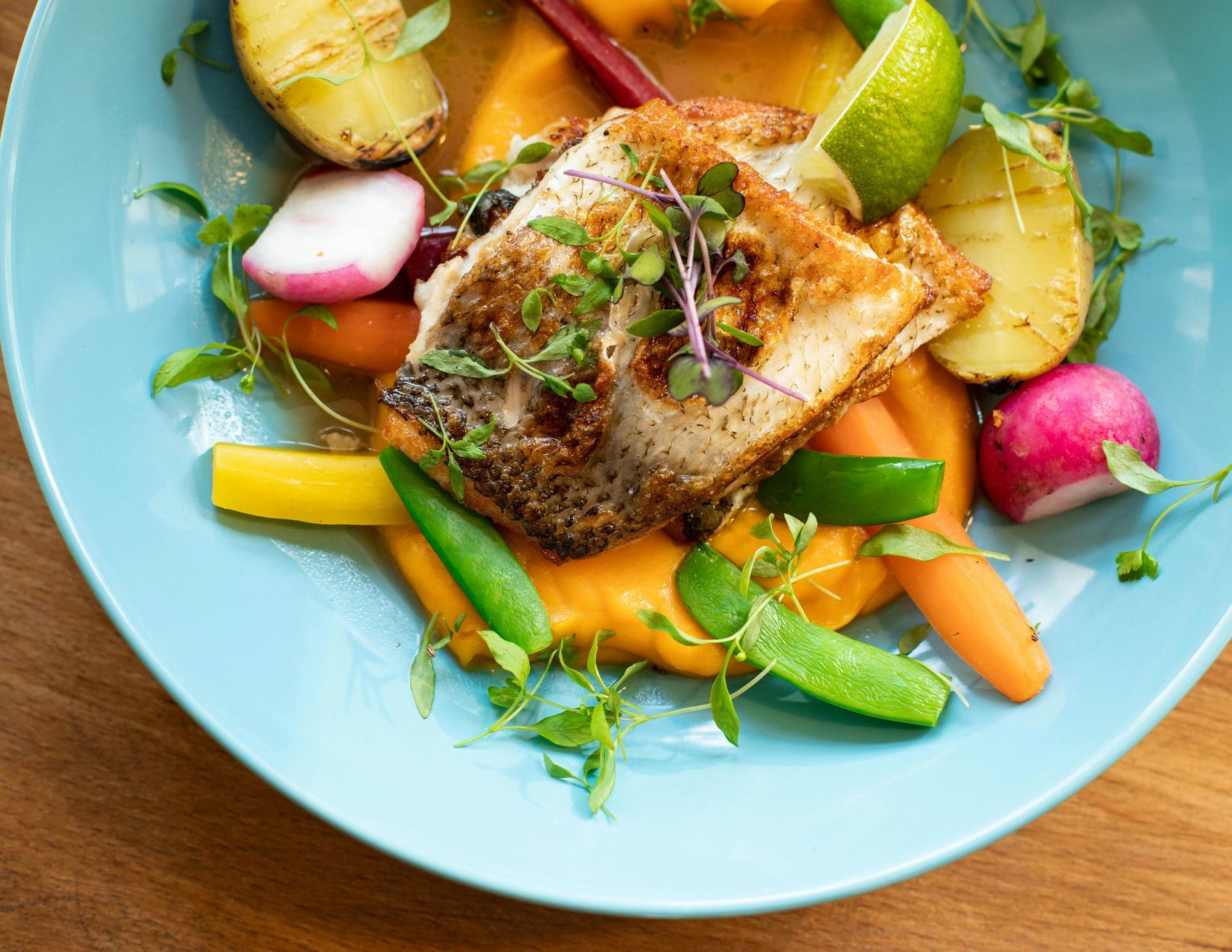
Meet Emily
I love encouraging + inspiring others to reach their healthiest lives through food, fitness + gratitude. As a holistic nutritionist + the founder of Thrivyest, I am passionate about creating habits to help you to live longer + thrive. To thrive in body, mind + soul through personalized, simple + practical steps ensuring you gain more energy, clarity + confidence! Let's connect!
